'Siliguri never truly sleeps; it merely dozes off for a while!' remarked the hotel manager in response to my concerns about returning late. They were right. Whether it's 5 a.m. or midnight, the city's streets are forever bustling. But these paths are not just for tourists. They also witness the disappearance of many young girls, never to return. Siliguri Corridor in northern West Bengal is often in the spotlight for security reasons. Yet, this sensitive border area has also become a hub for the alleged trafficking of girls, both minor and adult.
Many factors contribute, including porous international borders, closed tea estates, increased exposure, and distance from Delhi. Aaj Tak investigated every facet of these issues. Last year, I saw numerous tin-shed homes at the Ganga Ghat in Dhulian, Murshidabad. Women with vibrant lipsticks sat across from them, clad in glaring silk gowns despite the sweltering heat.
A woman, forcibly brought from Bangladesh several moons ago, reminisced - I must have been 14 or 15 when I arrived. My back now bends, and my eyes blur, but there's no going back home.
Do you ever go over there (to Bangladesh)?
Why wouldn't I? It's just a river to cross. We go whenever we wish, especially during festivals. But there's no home there.
Your home is here now?
The woman, kicking sand with her feet, retorted, 'Can't you see what I do, or are you feigning ignorance?' Her voice was like the final vessel of despair clinking in an empty well. Without further questions, I quietly left.
This was in late March last year. A year later, we're back in West Bengal, exploring the Siliguri Corridor. Bridging the Northeast's eight states with the rest of India, this narrow passageway is surrounded by various countries.
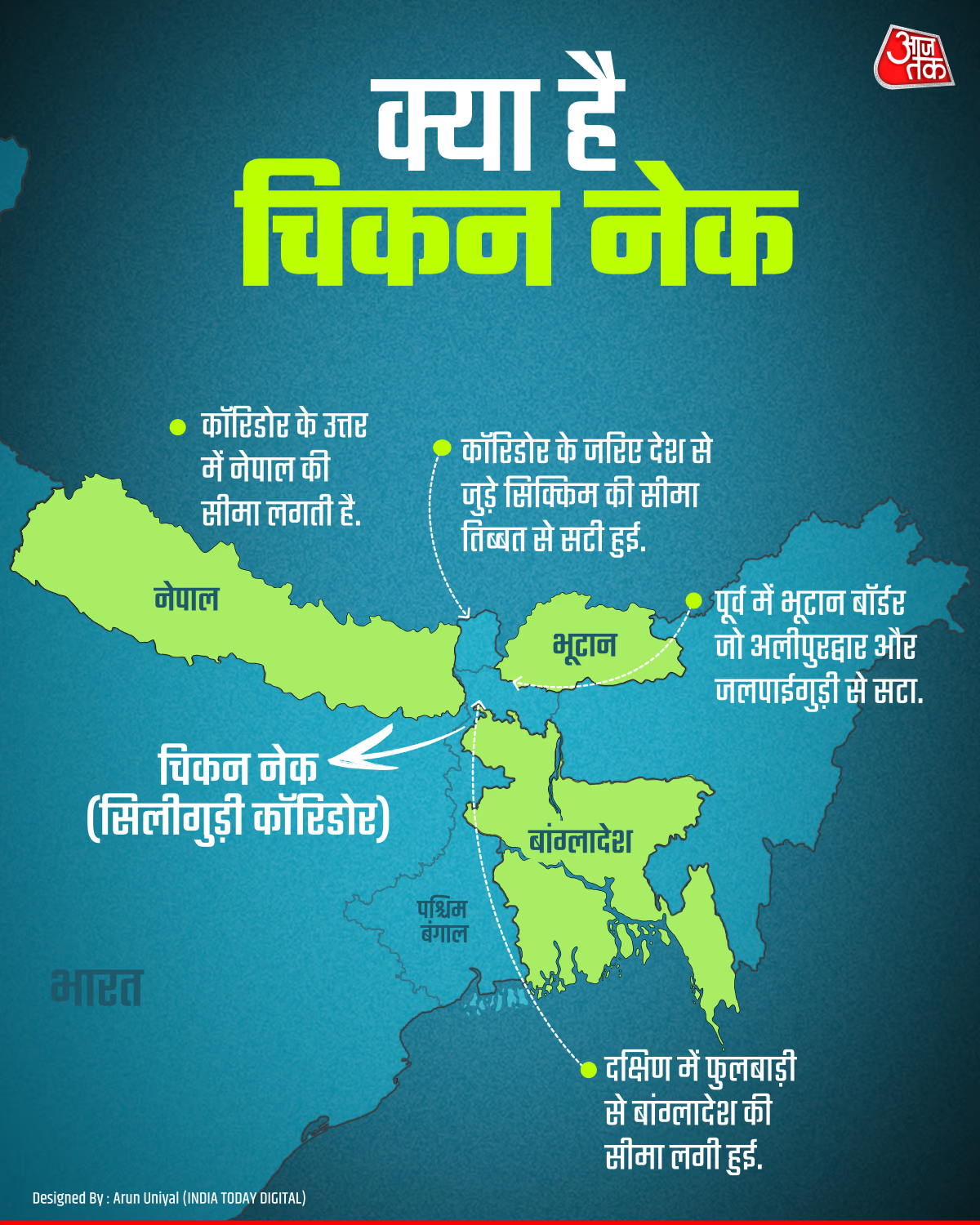
Source: aajtak
In our previous segment, you learned how porous our borders with these countries are. These vast open borders not only invite spies but also facilitate cross-border human trafficking, especially sex trafficking.
Read the previous story here:
The NGOs claim that both sex and slave trafficking persist here. While Nepali or Northeastern girls fall prey to sex trafficking, tribal girls from Bengal are snatched for domestic servitude. Their transit point? The Siliguri Corridor, equipped with an airport, roadways, and rail transport.
This transport linkage distances young girls from their families.
Of what age do the girls disappear?
Don't ask! Pointing at a picture of a toddler on her phone, Reshma explains, from infants to women as old as 45, everyone is taken, each for a different purpose.

Source: aajtak
Can you introduce us to any of them? Reshma refuses, citing the severe trauma these girls endure. Many even resort to suicide; meeting strangers might reopen old wounds.
We couldn't visit Siliguri, but we felt the pulsing pain in Jalpaiguri...
...and in Darjeeling...
...Bagdogra...
...and even in the Gorkhaland Territorial Administration...
A school-going girl vanished without a trace. Twelve years on, her tiny white shoes still rest on the veranda.
Why keep these shoes? The child must have grown by now!
The grief-stricken tribal family glances blankly, returns the shoes to their place. This is Bagarakote, a village in Jalpaiguri.
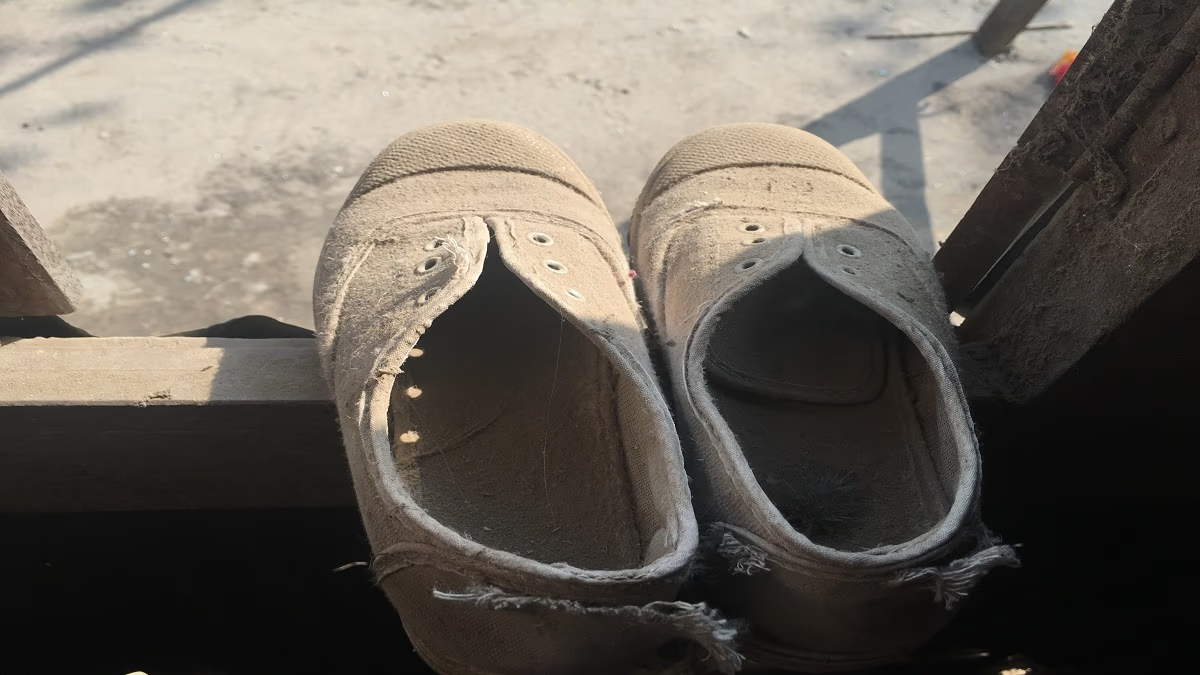
Source: aajtak
The scent of unprocessed tea leaves reaches from afar. Nestled amid hilly plantations, this village has a tribal population exceeding 40%. Their relationship with schools matches poverty's with Buckingham Palace. A couple of decades ago, parents began sending kids to school.
Arunima (name changed) was one such child. Without any warning, she disappeared on her way home from school.
Did you find where she went?No, says Arunima's sister-in-law.
Since marrying into this family, I've only heard stories of her; I've never laid eyes on her. While there were mobile phones back then, WhatsApp wasn't common here. We never understood what really happened.
Have you reported it to the police?We couldn't, the answer came again from the sister-in-law, about the unseen younger sister. They initially thought she would return. Days became months, then years. Fear replaced hope. What would the police say or do? We're uneducated, daily-wage earners in the plantations. If we chase after the police, even the remnants of our family might perish!
Many nearby villages face the same plight. In one, a son's disappearance was followed by the parents' demise in grief. The tin-shed house, standing on stilts, now has no roof. The stairs and furnishings that once made it a home are also gone.
Beside this broken, deserted house, two elderly women gather tea leaves.
My partner gestures and asks them in the tribal language - Do you know where the boy from here went?
He perished in his childhood! The response returns in Hindi.
The whereabouts of this boy, who disappeared in his childhood, were recently discovered. Forced into bonded labor somewhere in Delhi-NCR, his return is in the works.Once he is back, where will he stay?He has a married elder sister. We've spoken with her family; they'll take him in for a few months. By then, the victim might heal.
He has neither name nor career... A boy, aged around 17 or 18, to strangers, he's considered lost, and to those who know, he's simply a victim!
As our vehicle drives by, girls immediately hide. The NGO operator, Raju Nepali, accompanying us, explains - So many tribal girls have disappeared here that the remaining community has grown wary of any foreign vehicle or outsider.
Raju Nepali founded Duars Express Mail NGO, working across several West Bengal districts, Sikkim, and all seven northeastern states.
He believes the geographical position of Chicken Neck makes these girls highly vulnerable to trafficking. Furthermore, women continue to be trafficked from Nepal and Bangladesh. A new trend has emerged recently, where minor girls are being sold to Arab countries via Bagdogra Airport, stopping in Chennai, Delhi, or Bengaluru.
Any estimate of how many girls go missing each month?

Source: aajtak
Look, every day a missing person's diary is filed at the police station. Some cases get resolved, while many girls remain untraceable, leading us to assume they've fallen victim to trafficking. Often, families don't report their daughter's disappearance.
What's the trafficking pattern like?
Before and after the lockdown, traffickers devised new methods. Previously, they'd transport girls in groups, with the middleman personally escorting them to their destination, risking capture. We once intercepted traffickers smuggling 16 girls. Just before the lockdown, mass trafficking ceased, and one by one, girls began to vanish. Now, they're even more advanced.
Currently, digital trafficking is in vogue.
Agents befriend minor girls via social media, enticing some with relationships and others with lucrative jobs. They even arrange tickets for the girls, everything done online. The girl will independently board a train or bus to the designated location, only to be picked up and vanish from there. Parents fail to fathom how their daughter, who left for school, disappeared without a trace.The same insight was shared by Reshma Darzi, working in Siliguri.
Now, social media is the weapon of choice to trap minors. It allows anonymity, often targeting teenage girls who spend a lot of time home alone. Traffickers pry into the family's economic condition - whether there's a father or brother, and how far they'd go if the girl goes missing. They identify all vulnerabilities before manipulating the situation. We've intercepted eight to ten-year-olds who had traffickers aged 40-50.
Girls are called to remote locations where transportation is scarce. To ensure she remains helpless, traffickers deliberately keep them away from crowded areas. They're picked up late in the evening, spent a night in a hotel, drugged, and photographed. If she protests, blackmail ensues, quickly silencing even the youngest victims.
A recent trend is exploiting business networking. Many agencies in Siliguri promise skill training for a minimal fee and attractive job placements. Once a girl arrives there, she vanishes.
Alone in Siliguri, an NGO handles at least 23 trafficking cases monthly, often more, but never fewer, shares Reshma.
Northeastern girls are predominantly trafficked for sex.
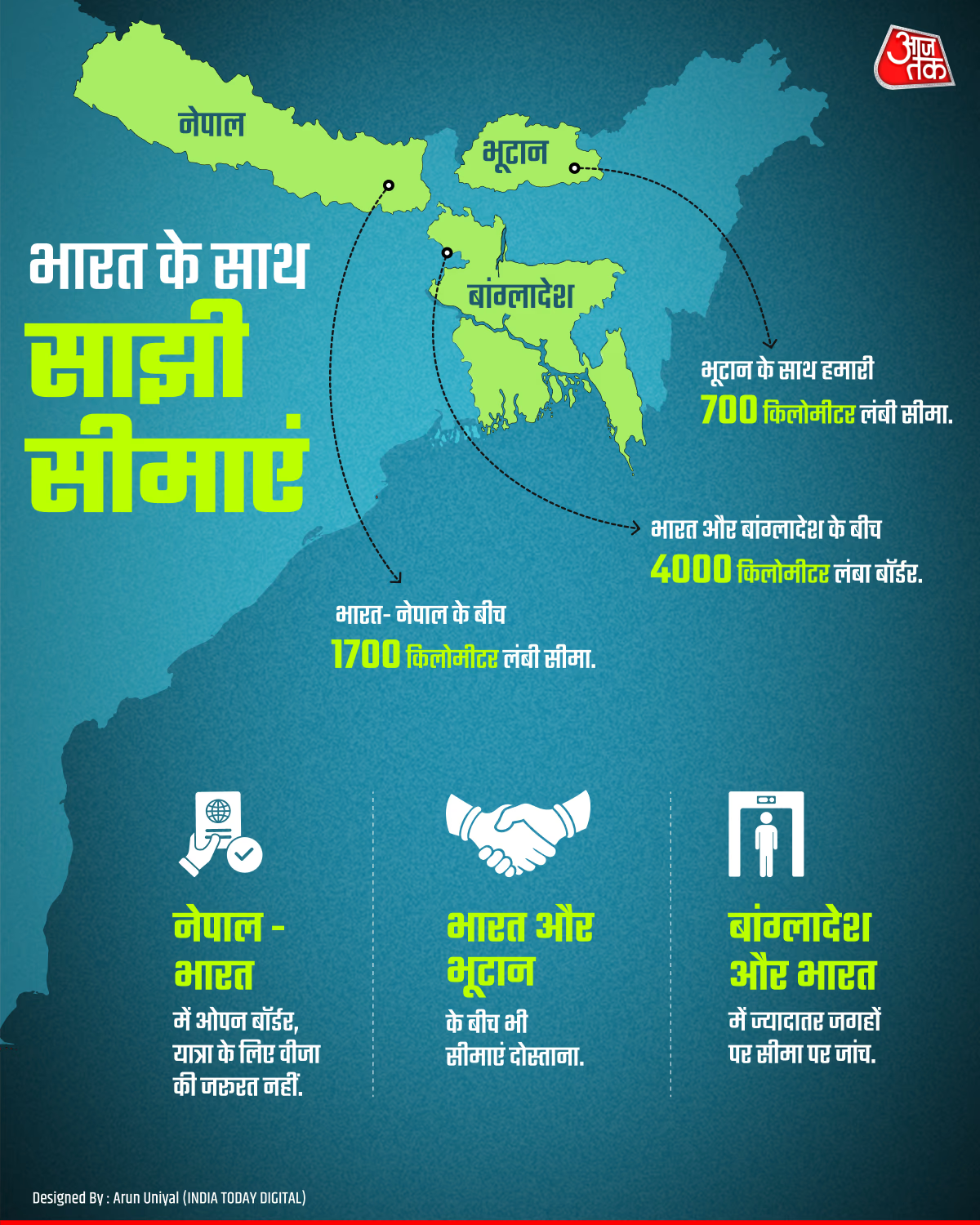
Source: aajtak
Underaged girls from Nagaland, Mizoram, Arunachal Pradesh, and even Tripura and Sikkim are sold in major Indian cities as Thai girls. They're so terrorized they can't even speak their native language in spas or red-light areas. They're taught a few Thai phrases to convince clients of authentic foreign services. The demand for such services fetches a higher price.
Trafficking networks operate similarly everywhere.Raju describes - The main trafficker, or kingpin, often remains hidden. Multiple layers operate beneath, with the lowest being sleeper agents. Usually, local villagers, sleeper agents identify which girl can be trapped and how. They're responsible for getting the girl out of her local area.
Other agents then handle her and drop her off at specified points in larger cities. There are managers who decide what roles each girl would play. These often include women working with sleeper agents to assure the girl she's safe.
Our next stop was the Panighata Tea Estate in the Gorkhaland Territorial Administration (GTA). Closed since 2015, this tea garden has witnessed countless hardships in the past decade. Village women and girls have started venturing out.
Where to?
Kishore Pradhan, a former employee, states - We don't know. It's all discreet. We find out only when something major happens. During COVID, we first realized that nearly half the village had left and disappeared.
Over the years, many women have left, some abandoning their nursing children with parents. Those infants are nearing fatherhood now. They have just a couple of photos of their mothers, or perhaps none.Once the tea estate shut down, our fates were sealed. Now, we are protesting to open it again.
A growing crowd gathered in Panighata when news spread of a journalist's visit from Delhi. The stories and their conclusions remained the same - poverty, disappearance, and wait!Not just Panighata, across northern West Bengal, numerous tea estates are shutting down. Often, workers show up for work only to find a closure notice hung overnight, factories nailed shut, and the manager's house empty.Kishore reminisces - Our ancestors dedicated their lives here. This work is our identity. Women picked leaves while we processed them in factories. Our hands and minds are wired for this. What's next?
At middle age, Kishore has evolved into a social activist-like figure. One by one, he introduces several faces whose stories share a common antagonist in the tea estate locks.
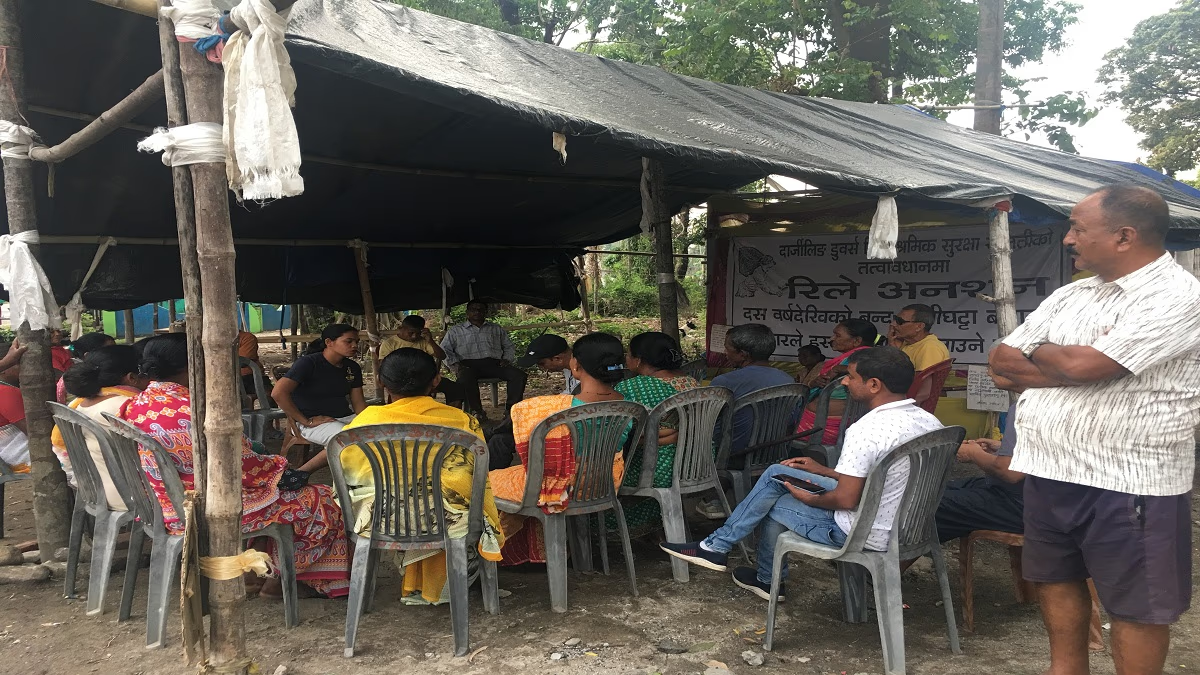
Source: aajtak
A 23-year-old girl returned after several trips between Delhi and Nepal, a four-year-old child in her arms. Her dream now is to secure a good school for her son. She pleads, send my message to Delhi Didi. If the garden reopens, we'll revive too.As we boarded our vehicle, a call stopped us. An elderly couple wants a moment alone. Their daughter vanished nearly ten years ago.
Where did she go?
Delhi. Or Gurgaon. They list several names in one breath.
Did you report it to the police?
No.
Why not?
We believed she'd return. Time passed, fear grew.
Do you think she's alive? I reluctantly ask.
Now, the mother answers - Yes, someone mentioned seeing her on Facebook some time ago.
Facebook! Do you have her photo?
We have no photo. But someone said a girl resembling her was spotted.We also have a grandson. She disappeared leaving her infant behind. He's 15 now. In this age, we're collecting sand from rivers. As the heat rises, our eyes burn with lead. The pain in our legs renders us immobile, yet we must work. If she returns, so would our breath.Despite having no pictures or police reports, their daughter's searching mother still carries the tea-plucking bag.In northern West Bengal, including Duars (Jalpaiguri, Alipurduar, and Kokrajhar), Terai, and Darjeeling, tea gardens continue to shut down over the past decade. Many owners abandon these estates on grounds of loss.

Source: aajtak
In 2023 alone, 16 gardens shut down, with 8 in Darjeeling, 3 in Jalpaiguri, and 5 in Alipurduar. Families, entirely reliant on this income, face severe hardships post-closure.This is the opportunity sleeper agents await, promptly targeting these families or the girls. Additionally, many people begin migrating, further exacerbating trafficking.
The narrowness of the Siliguri Corridor and its adjacency to international borders breed substantial cross-border trafficking opportunities.In the previous section, we highlighted how crossing the India-Nepal border immediately reveals five NGO shelters. Posters announcing 'Cheli Beti, Human Trafficking is a Crime!' stand starkly.
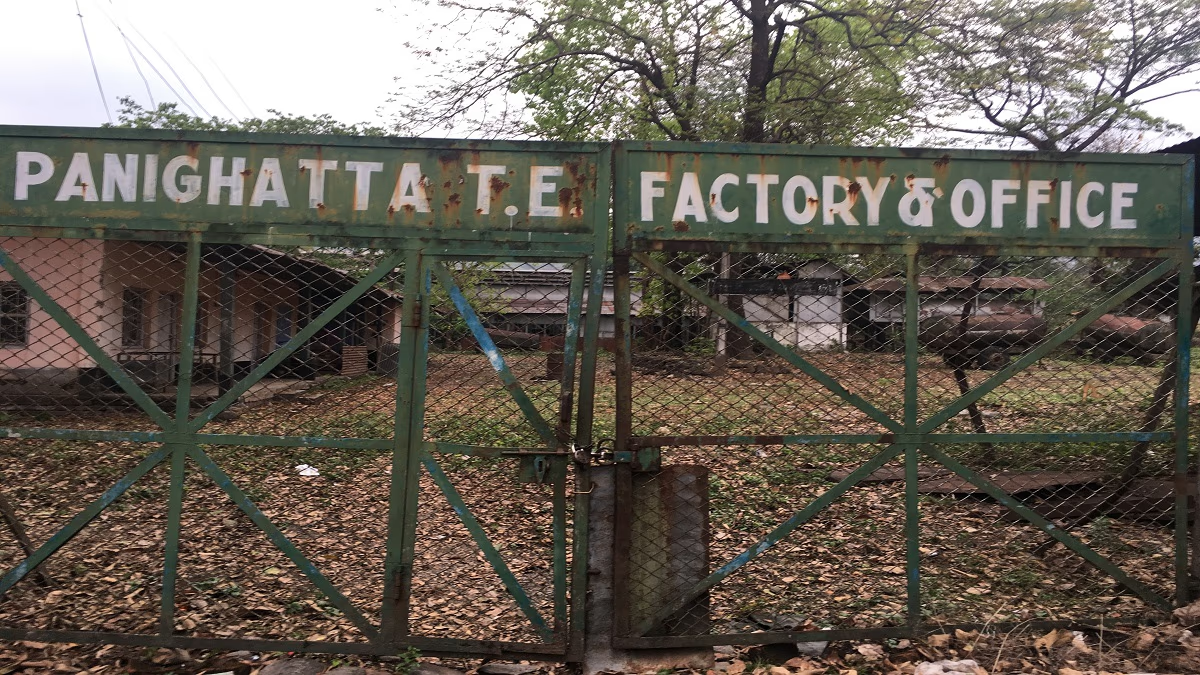
Source: aajtak
We then met Govind Ghimire from Maithi Nepal, an organization combating Indo-Nepal human trafficking.
Fluent in Nepali, but reluctantly piecing together Hindi and English, Govind explains - Nepalese girls are being trafficked to Delhi, Mumbai, and Kolkata, sold oblivious to their age's price. This mountainous terrain offers sparse jobs and frequent natural disasters worsen the situation, accelerating disappearances.
From Kakarbhitta to Panitanki (India-Nepal border), girls aren't just trafficked within metro cities but also abroad. Through the Siliguri Corridor, they travel to another country, eventually reaching the Gulf. There, their value soars to 10 to 40 lakh.
But how are documents made for these girls?Most minors get an Aadhar card in India, eventually obtaining a passport.
When asked for data, the official from a 30-year-old organization refused.
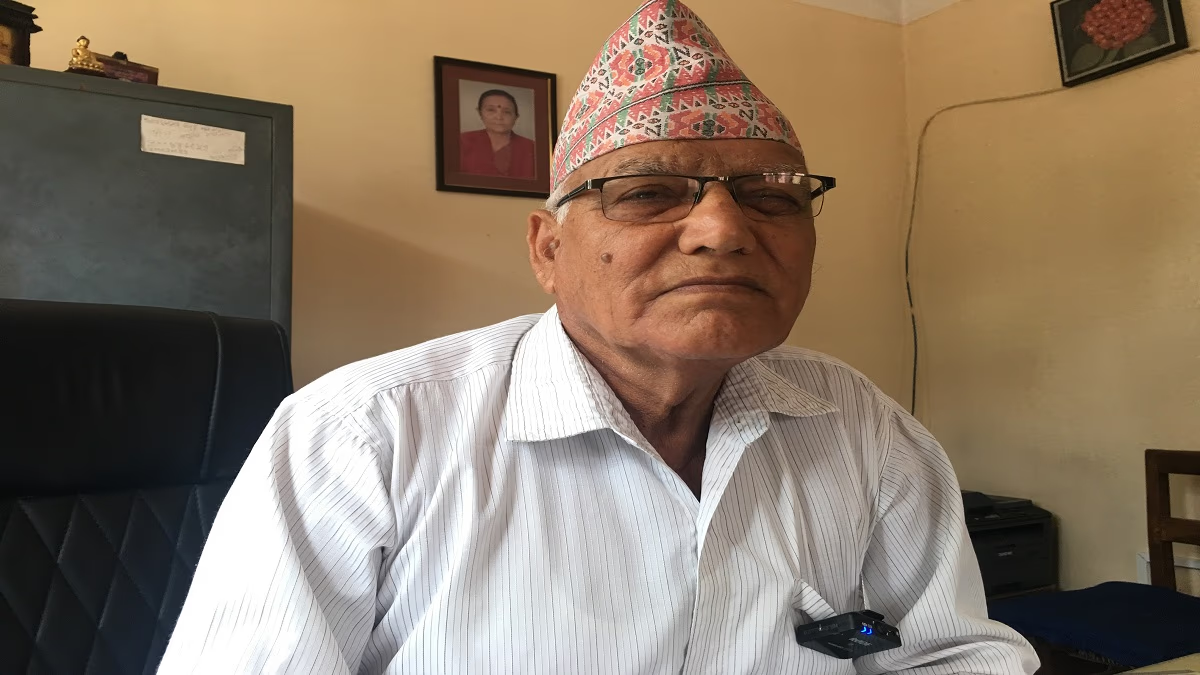
Source: aajtak
You are from India, we are from Nepal. We have data, but it won't be shared informally. Proper procedures are mandatory. Any alterations could escalate into an international issue.
Assistant Police Commissioner (ACP) Farookh Mohammad Chowdhary, from the Siliguri Police Commissionerate, is dedicated to curbing human trafficking.
Over a phone call, he denies that trafficking is as rampant as claimed. The last case found was a year ago, and we haven't seen any since.Why do NGOs make such claims then?What does it matter if a child goes missing, a case should be registered! We're continuously working to stop trafficking. We monitor airports, bus stands, and railway stations, conduct random checks and investigate anything suspicious.
Policing efforts suggest a reduction in trafficking cases, even hinting at placement agency involvement in passing.
We meet monthly with placement agencies, obtaining data on training or employment placements, investigates the calls they receive. This sample testing reveals a lot. Even on many websites, our fake profiles monitor fake agencies. Traffickers find it increasingly hard to escape Siliguri due to our extensive activities.Are girls from Nepal also arriving here?That's not our jurisdiction. The SSB handles it, maintaining all records.
The administrative records portray a perfect system. No report, no incident. Meanwhile, the elderly couple from Panighata lingers in my memory, despite tea garden closures persisting for decades, still hanging the tea-plucking bag. Ten years after their daughter disappeared, determined to find her without missing person report.Journalists' visits from Delhi might still be the only glimmer of hope through the few open windows remaining!




